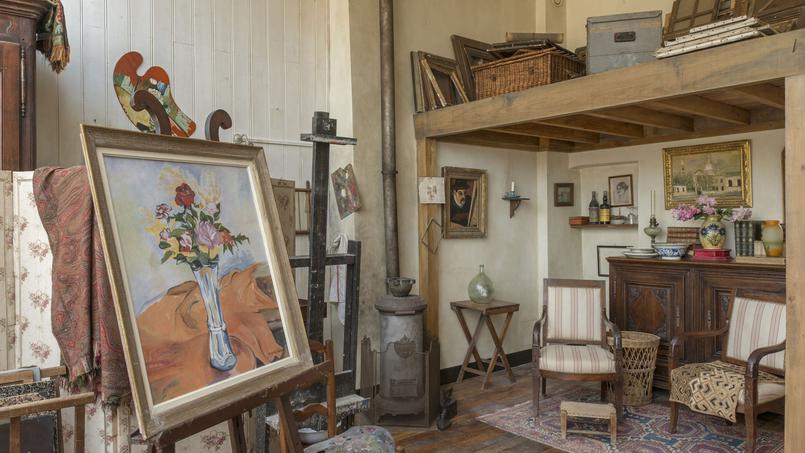Art World
Musée de Montmartre Accuses Paris Museum Pass of Discrimination
InterMusées keeps rejecting its applications on the grounds that it is a private museum.

InterMusées keeps rejecting its applications on the grounds that it is a private museum.

Amah-Rose Abrams

The Musée de Montmartre has launched a complaint against the body in charge of all 56 museums in Paris, InterMusées, following yet another refusal to include the institution in its Paris Museum Pass scheme, which grants visitors free access to public museums in the city.
InterMusées has always refused to include the museum, which started applying for membership four years ago, on the grounds that the Musée de Montmartre is a private museum, and therefore does not meet the criteria.
“We do not understand why they keep rejecting us. Their argument that we are a private institution hasn’t been valid since 2014, when we started a non-profit association,” Aude Viart, director of the Musée de Montmatre, told Le Figaro.
The pass costs €70 ($73) and allows visitors access to some of Paris’s top museums such as the Louvre, the Centre Pompidou, and the Palace of Versailles. Being included in the pass also provides great publicity for less well-known museums, and can provide a big boost to visitor numbers.
“The Paris Museum pass represents an average of 20,000 visitors a year,” Viart told Le Figaro.
But tired of the rejection, Viart is taking action. And, besides her public complaint, the director is taking further measures. As of January 1, 2017, tourists in possession of the Paris Museum Pass are being granted free access to the Musée de Montmartre, with or without the blessing of InterMusées.
Viart is hoping that her campaign will prompt InterMusées to reconsider its decision.
The Musée de Montmartre, which was founded in 1960 and is devoted to 19th century painting and sculpture, is housed in Bel Air House, the oldest building in the beautiful historic district of Montmartre.
The house served as a meeting place for the likes of Pierre-Auguste Renoir and Émile Bernard, and those who run it believe it is a significant location in Montmartre, adding to its rich artistic reputation.